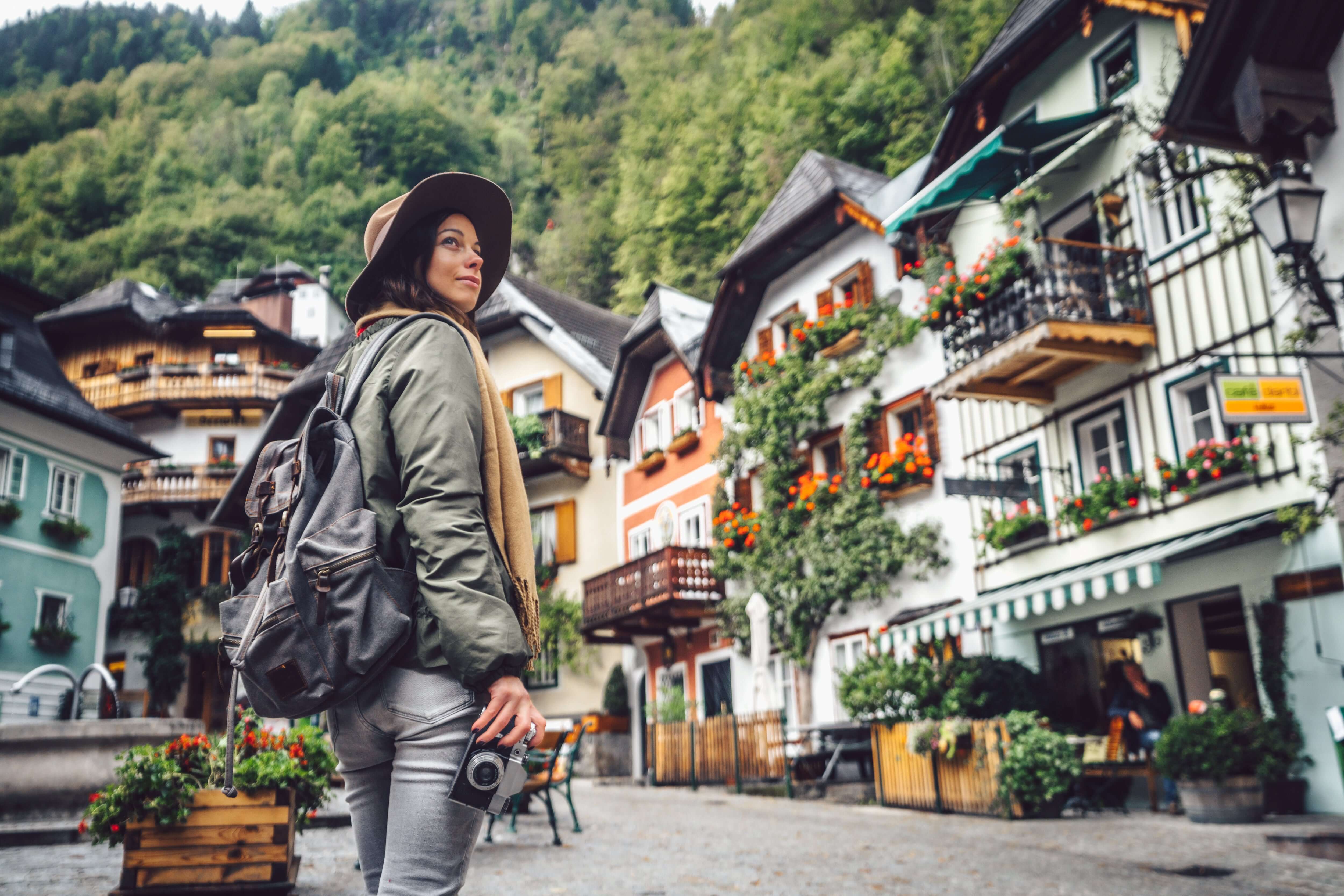
How to edit your travel photos for a professional look
Do you like traveling and taking photos? Then it's worth looking into the possibilities of digital editing of travel photos. You can share your impressions with family and friends in a representative form, publish them on your travel blog or even sell them. Particularly successful works will remind you of unique experiences as photo prints in your home.
With suitable image editing software and a little practice, you can turn your raw material into professional photos. Work out the moods you feel and focus on what impressed you the most. The following photo editing tips provide a basic guide with the most important steps.
Why professional image editing is worthwhile
With many image editing programs, photos can be optimized automatically. However, if you carry out the individual steps manually, you can better incorporate your personal impressions and develop your own style. Before editing, think about what you want to achieve and what mood you want the image to convey. Make sure that the naturalness is retained, unless you deliberately want to depict a surreal scene. Often only light post-processing is necessary and even the original may already be perfect.
Even though smartphone cameras are now relatively powerful, you have more creative options with a good digital camera and the right photographic equipment. Shoot in RAW format to be able to use all the possibilities of professional post-processing of travel photos. JPG photos are compressed and have already lost image data, which limits the editing options. The RAW raw data format, on the other hand, contains all the information captured during photography. RAW files are therefore also relatively large. For this reason, convert edited photos to JPG format before publishing them online, sharing them or sending them by email.
What to do before editing travel photos
When you return from your trip with lots of photos, the first steps are to sort and organize them. Decide which pictures you want to keep. Don't be afraid to delete less successful photos and multiple shots of the same motifs. Sort the photos thematically, for example by places you have visited.
You can also find the right camera bag for your equipment and everything you need to protect your camera in our Oberwerth Shop. From classic camera bags to modern sling bags up to noble photo weekenders and backpacks. Of course you will also find hand straps and shoulder straps. Finest craftsmanship made from the best materials. Take a look around and find the bags & accessories that best suit you and your equipment!
It is advisable to save the original recordings separately, at least until post-production is complete. This way you can discard unfavorable edits and start working with the original photo again. Some image editing programs include an image management function that saves the originals separately from the edited photos. However, there is also software that overwrites the original files during editing.
Optimizing the image composition by post-processing travel photos
The first step is often to align dominant lines horizontally or vertically by rotating them slightly. For example, in many unedited photos, the horizon is slightly skewed, which detracts from the overall impression. Sometimes you have to use the retouching tools of your image editing software because there are other people or objects in the photo that distract the eye.
By slightly cropping the photo, the main motif is often shown to better advantage or the entire image composition appears more harmonious. Think in advance about where you want to draw the eye. Do you want to emphasize the sky or the landscape in the foreground? Align the horizon accordingly.
You can apply the principle of the golden ratio, which is often perceived as particularly harmonious. To do this, divide the image into thirds horizontally and vertically using two imaginary lines and position the main subject at one of the intersections. Many image editing programs provide a grid for this. Before cropping, consider which page format the photo should have. This also depends on what you want to use it for. Landscape photos often look best in the wider 16:9 format.
Optimize colors, brightness and contrast
Once the page format and image composition are correct, focus on the color effect of the photo. If you have taken it as a RAW file, you can also carry out a white balance afterwards to give the image a warmer or cooler tone. This is only possible to a very limited extent with the JPG format.
Then check the brightness. If a photo is overexposed or underexposed, details will no longer be recognizable in the brightest or darkest areas. The brightness settings also affect the contrast, which is why you need to adjust both using the controls in your software. High-contrast photos are characterized by a high level of clarity and detail.
In the next step, you can adjust the color saturation, either for the entire photo or with the dynamic adjustment specifically for the less saturated color areas. In addition, many programs offer the option of making individual settings for each individual color channel.
Using filters for the post-production of travel photography
Image editing software offers a whole range of filters for photo optimization. For example, image noise can be removed, i.e. the pixels that do not fit into the photo, which often occur in unfavorable lighting conditions. With the sharpness filter, you can either emphasize the edges of objects or soften the photo, but not correct blurred images.
With other filters, you can only modify certain parts of the photo. This includes the graduated filter. You select a strip in the image to create a softer gradient between a bright sky and a dark landscape, for example. You use a radial filter in a similar way, except that you do not select a strip but a round or oval area, for example around the main subject. You emphasize this by brightening the spot and slightly darkening the rest of the image.
Software for professional image editing
You will need a suitable program for post-processing your travel photos. Image editing software is often included with the purchase of a digital camera. There are also various paid and free programs available. What suits you best depends on your personal requirements.
If you take photos frequently and value sophisticated editing options, you can use paid software such as Adobe Lightroom, Adobe Photoshop, Affinity Photo, DXO Photo Lab, Capture One Pro or Luminar. Examples of free programs are Gimp, darktable, LightZone and RawTherapee.
Conclusion: Develop your own style with photo editing tips
When post-processing travel photos, try out different editing steps and find out which result you like best. This will help you develop your own style. Take inspiration from other photos and think about what you particularly like about them. If you want to publish or sell pictures, it is advisable to get feedback from other people. The more you work on image editing, try things out and practise, the better your results will be.

